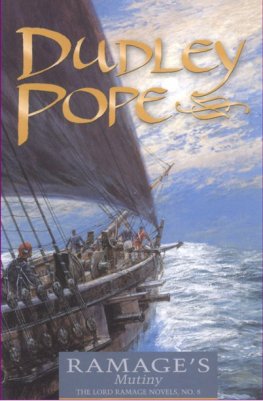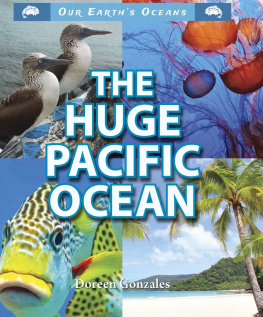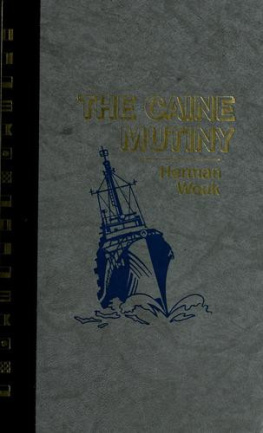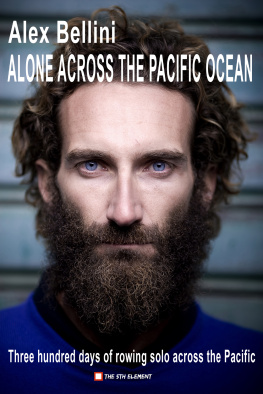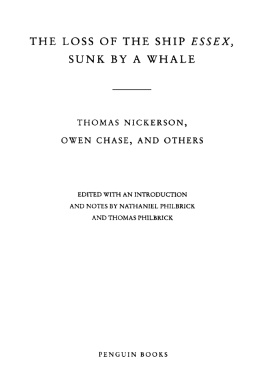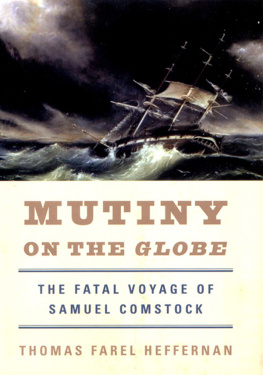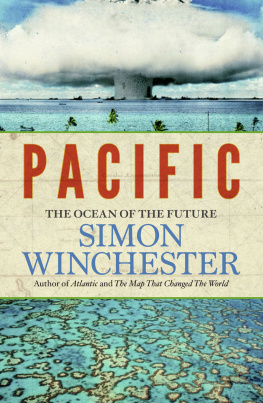A
NARRATIVE
OF THE
MUTINY,
ON BOARD THE
SHIP GLOBE,
OF NANTUCKET,
IN THE
PACIFIC OCEAN, Jan. 1824
AND THE
JOURNAL
OF A
RESIDENCE OF TWO YEARS
ON THE
MULGRAVE ISLANDS;
WITH OBSERVATIONS ON THE MANNERS AND
CUSTOMS OF THE INHABITANTS.
BY WILLIAM LAY, OF SAYBROOK, CONN. AND
CYRUS M. HUSSEY, OF NANTUCKET:
The only Survivors from the Massacre of the Ships Company
by the Natives.
NEW-LONDON:
published by Wm. Lay, and C. M. Hussey.
1828.
| INTRODUCTION. |
| CHAPTER I. |
| CHAPTER II. |
| CHAPTER III. |
| CHAPTER IV. |
| CHAPTER V. |
| CHAPTER VI. |
| CHAPTER VII. |
| CHAPTER VIII. |
| CHAPTER IX. |
| VOCABULARY. |
DISTRICT OF MASSACHUSETTS, TO WIT
District Clerks Office.
Be it remembered, that on the twenty-fourth day of October, A. D. 1827, in the fifty-second year of the independence of the United States of America, WILLIAM LAY and CYRUS M. HUSSEY, of the said District, have deposited in this Office, the title of a Book, the Right whereof they claim as Proprietors, in the words following, to wit:
A Narrative of the mutiny on board the Ship Globe, of Nantucket, in the Pacific Ocean, Jan. 1824, and a Journal of a residence of two years on the Mulgrave Islands, with observations on the manners and customs of the inhabitants. By William Lay, of Saybrook, Conn. and Cyrus M. Hussey, of Nantucket, the only Survivors from the Massacre of the Ships Company, by the Natives.
In conformity to the act of the Congress of the United States entitled an act for the encouragement of learning, by securing the Copies of Maps, Charts, and Books, to the Authors and Proprietors of such Copies during the times therein mentioned: and also to an act entitled an act supplementary to an act, entitled an act, for the encouragement of learning, by securing the Copies of Maps, Charts, and Books to the Authors and Proprietors of such copies, during the times therein mentioned; and extending the benefits thereof to the arts of Designing, Engraving, and Etching Historical and other Prints.
JNO. W. DAVIS,
Clerk of the District of Massachusetts.
S. Green, Printer.
TO JOHN PERCIVAL, Esq.
OF THE U. S. NAVY,
Who, under the auspices of Government, visited the Mulgrave Islands, to release the survivors of the Ship Globes crew, and extended to them every attention their unhappy situation requiredthe following Narrative is most respectfully dedicated, by
WILLIAM LAY, &
CYRUS M. HUSSEY,
The Authors.
INTRODUCTION.
Formerly whales were principally taken in the North Seas: the largest were generally found about Spitzbergen, or Greenland, some of them measuring ninety feet in length. At the commencement of the hazardous enterprize of killing whales, before they had been disturbed by man, they were so numerous in the bays and harbours, that when taken the blubber was for the most part boiled into oil upon the contiguous coast.
The pure oil and whale bone were only preserved in those days; consequently a ship could carry home the product of a greater number of whales than a ship of the same size now can.Indeed, so plentiful were the whales in those seas, and taken with such facility, that the ships employed, were not sufficient to carry home the oil and bone, and other ships were often sent to bring home the surplus quantity. But the coasts of these countries, were soon visited by ships from Denmark, Hamburgh, and Holland, as well as from England; and from frequently being killed in the shoal water near the coasts, the whales gradually receded from the shores, and have since been found only in deeper water, and at a much greater distance from the land.
In the earlier stages of the whale fishery, of which we are now treating, the ships were generally on the whaling waters, early in May, and whether successful or not, they were obliged to commence their return by the succeeding August, to avoid the early accumulation of ice in those seas. But it not unfrequently happened, that ships procured and returned with a cargo in the months of June and July, making a voyage only about three months, whereas, a voyage to the Pacific Ocean is now often protracted to three years!
Among the early whalers it was customary to have six boats to a ship, and six men to a boat, besides the harpooner. What at that time was considered an improved method in killing whales, consisted in discharging the harpoon, from a kind of swivel; but it was soon found to be attended with too much inconvenience to be much practised, and the muscular arms and steady nerves of the harpooner, have ever since performed the daring duty, of first striking the whale. The ropes attached to the harpoon, used to be about 200 fathoms in length, and some instances occurred, that all the lines belonging to six boats, were fastened together and ran out by one whale, the animal descending in nearly a perpendicular line from the surface. Instead of going prepared to bring home a ship load of oil, it was customary to bring only the blubber, and instead of trying the oil out and putting it into casks on board, the fat of the whale was cut up into suitable pieces, pressed hard in tubs carried out for the purpose, and in this situation was the return cargo received at home.
Of so great consequence was the whale fishery considered to Great Britain, that a bounty of 40s. for every ton, when the ship was 200 tons, or upwards, was given to the crews of ships engaged in that business in the Greenland seas, under certain conditions. But this bounty was found to draw too largely upon the treasury; and while the subject was under discussion in the British Parliament, in 1786, it was stated that the sums which that country had paid in bounties to the Greenland fishers, amounted to 1,265,461 pounds sterling. Six thousand seamen were employed in that fishery, and each cost the government 13 10s. per annum. The great encouragement given to that branch of commerce, caused so large a number to engage in it, that the oil market became glutted, and it was found necessary to export considerable quantities.
In 1786, the number of British ships engaged in the whale fishery to Daviss Strait and the Greenland seas, was 139, besides 15 from Scotland. In 1787, notwithstanding the bounty had been diminished, the number of English ships was 217, and the following year 222.
The charter right of the Island of Nantucket, was bought by Thomas Mayhew, of Watertown, of Joseph Ferrick, steward to Lord Sterling, in 1641; and afterwards sold to Tristram Coffin, and his associates, who settled upon it in 1659. On the 10th of May, 1660, Sachems, Wonnook, and Nickannoose, for and in behalf of the nations of the Island, in consideration of the sum of 26l. sterling, conveyed by deed, about half of the Island, to the first ten purchasers, who afterwards took in other associates.
Whaling from Nantucket, was first carried on from the shore in boats. In 1672, James Loper entered into a contract with the inhabitants of the Island, for the purpose of prosecuting the whale fishery, by which it appears that James Loper agreed to be one third in the enterprize, and sundry other people of the Island, the other two thirds, in every thing connected with the undertaking. It was further stipulated, that for every whale killed by any one of the contracting party, the town should receive five shillings, and for the encouragement of James Loper, the town granted him ten acres of land in some convenient situation, and liberty for the


